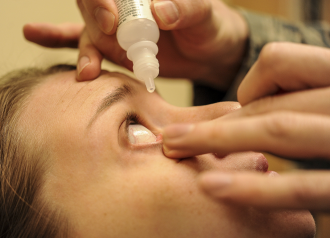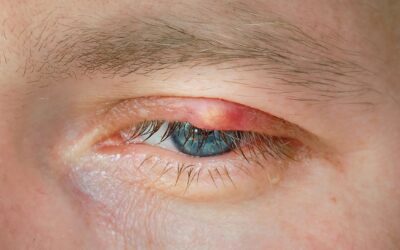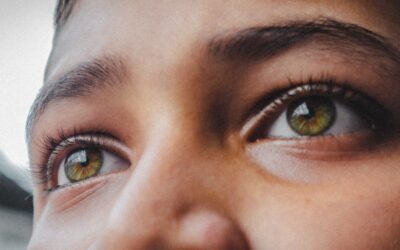Best Eye Drops For Mild or Severe Dry Eyes
Lubricant drops often known as “artificial tears” are used as part of the treatment regimen for dry eyes. In short, dry eyes may be caused by a deficiency in:
- The mucin layer of the eye
- The water layer of the eye
- The oil layer in the eye leading to increased evaporation (most common cause). This is known as MGD or Blepharitis.
Eye drops are easily available and do not need a prescription. They can be purchased on-line, at your pharmacy or local opticians. Eye drops can be used for treating the associated inflammation that is present in dry eye, however, eye drops only aim at replacing the poor tear film with a substitute. It does not treat the cause of the underlying problem.
Eye Drops – Lubricants
There are various forms of dry eye drops available. These can be briefly divided into the following categories:-
A. Drops
Such as Hypromellose, Carmellose and Polyvinyl alcohol eye drops. These are generally short acting.
B. Gels
Such as Viscotears, Xalin gel and Hyaluronidase based substances. These are gel preparations which have the advantage of being longer lasting, but are known to temporarily blur your vision.
C. Drops which target MGD and Blepharitis
There are certain drops, such as Emustil and Systane Balance which target MGD and Blepharitis. They have a more oily nature and are aimed at replacing the oil layer which is deficient in oil. These are also available in a spray form known as Liposome spray.
D. Eye Ointments
These are much longer lasting preparations and are used before going to sleep. They are thick and oily and blur vision. Unfortunately, they do not tend to last long enough to be present in the eye upon waking after sleep leaving you with severe dry eye symptoms in the morning.
E. Preservative Free Drops
In patients with more severe dry eye the frequent use of preservatives can be toxic to the eye and in such cases preservative free drops are advantageous. These tend to be more expensive. It is preferable, in the first place, to use preservative free drops and these should always be used for people who wear contact lenses as the lens becomes a reservoir for preservatives.
Patients often find that drops are insufficient to control their symptoms despite their adequate use. This is generally due to the failure to treat the root cause where possible. This is where we at The Dry Eyes Clinic make every effort to offer treatments which come closer to treating the source of the problem. In MGD/Blepharitis we treat the meibomian glands with Lipiflow. In dry eye cases associated with decreased water layers we investigate the underlying disease mechanism, attempting to target the appropriate medicine if possible.
It is beneficial to try different types of drops and gels under the guidance of a ophthalmic professional to find the ones that suit you best.
Inflammation and Dry Eye
Unfortunately, dry eye is associated with inflammation which occurs as a result of the dry eye or may be the cause of the dry eye itself. An Ophthalmologist, experienced in treating dry eye meibomian gland disease, may often add an anti-inflammatory drop or other medication to assist with redressing the associated inflammation and symptoms.
These medications come in four forms:-
A. Ciclosporin Eye Drops
This drop inhibits the inflammatory pathway and is only used in Specialist Departments such as The Dry Eye Clinic.
B. Corticosteroid Drops
These are wonderful drops for treating associated inflammation. They often produce rapid improvements. Unfortunately, long-term use of corticosteroids can lead to side effects such as glaucoma (increased pressure in the eye) and/or cataracts. These drops do, therefore, require supervision by an ophthalmic professional.
C. Omega 3 Fatty Acids
Omega 3 fatty acid, especially in high doses, are useful in reducing inflammation. They need to be given in adequate doses. The over-the-counter preparations are usually insufficient in strength and consultation with a suitably trained ophthalmic professional is recommended to get the dosage right for the individual patient.
D. Tetracycline Tablets
Tetracycline medication is an antibiotic which has anti-inflammatory properties. Used in low doses for periods of about 6 months they are useful adjuncts MGD/Blepharitis suffers. They have side effects such as photo toxicity (sensitivity) and need to be taken under the supervision and care of a doctor.
E. Serum Eye Drops
Serum eye drops are only used in refractory dry eye, where no other treatment has been proven to be beneficial. Normally, the patient’s own blood is taken and processed in a laboratory. The serum is removed and refrigerated and is used by the patient. This is only offered in specialised centres within the UK and needs funding approval prior to the process being undertaken. NHS blood services are often involved in the process.




